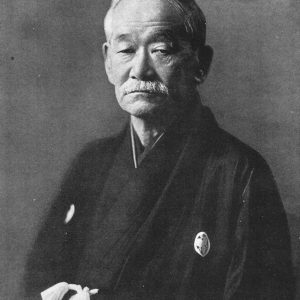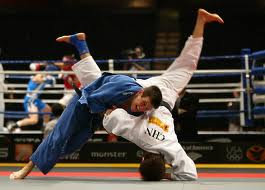Judo
the founder of Judo
Jigoro Kano
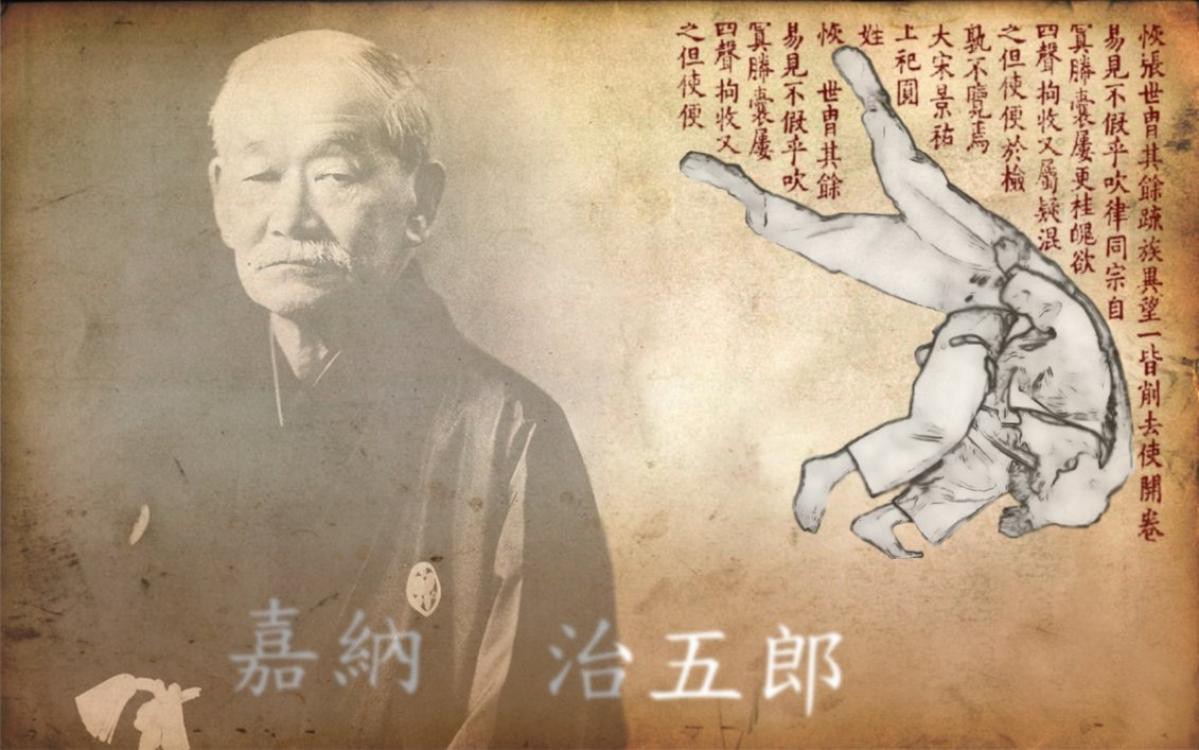
The founder of judo is Jigoro Kano. Born in 1860, he founded judo as a system of physical, intellectual and moral education. In 1882, he opened his judo school, the Kodokan, presenting the principles of maximum efficiency with minimum effort and mutual benefit and well-being.
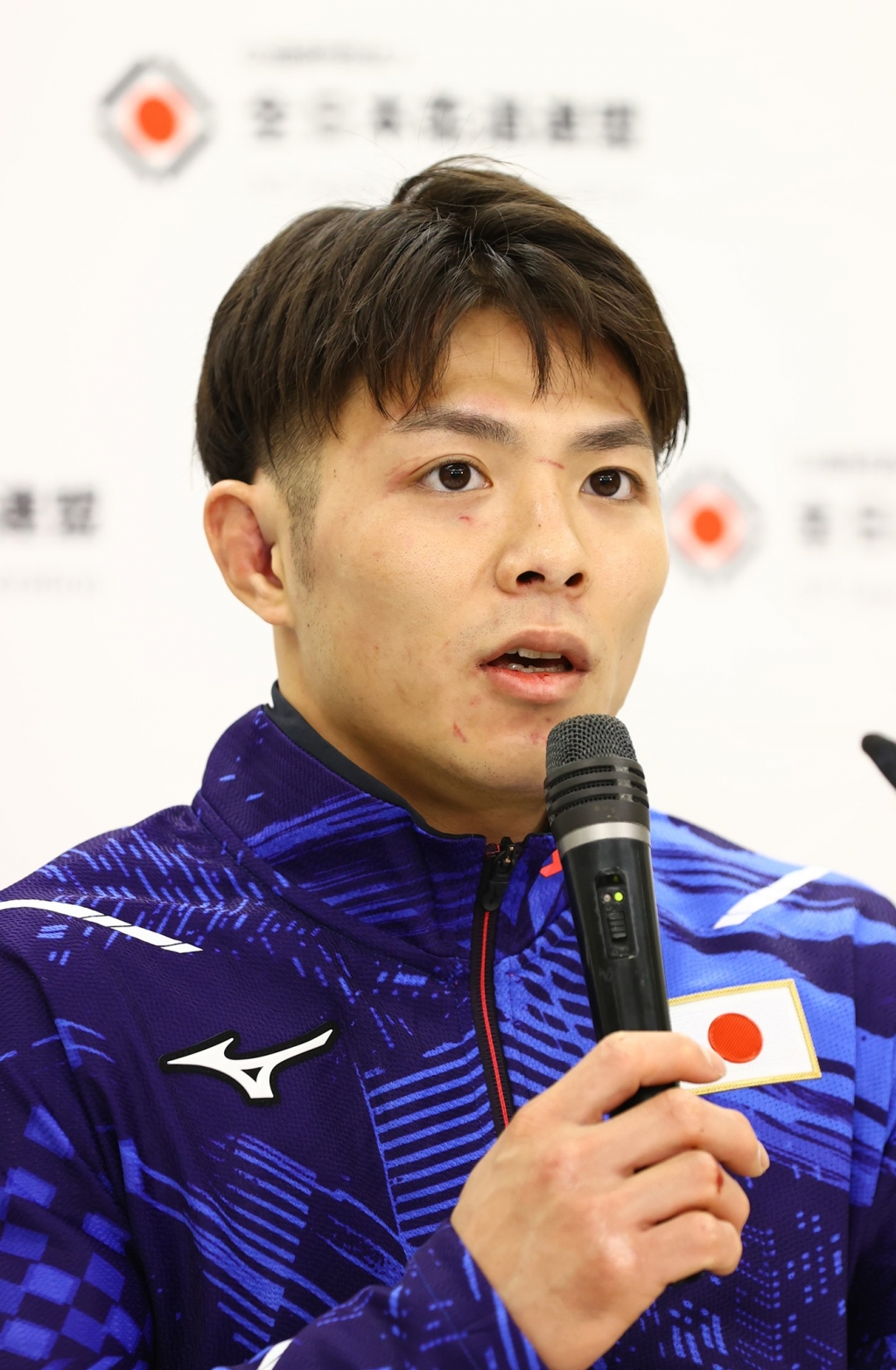
Hifuma Abe
In 2021, at the World Judo Championship in Budapest (Hungary), Hifuma Abe from Japan won gold in the men's category up to 66 kg.
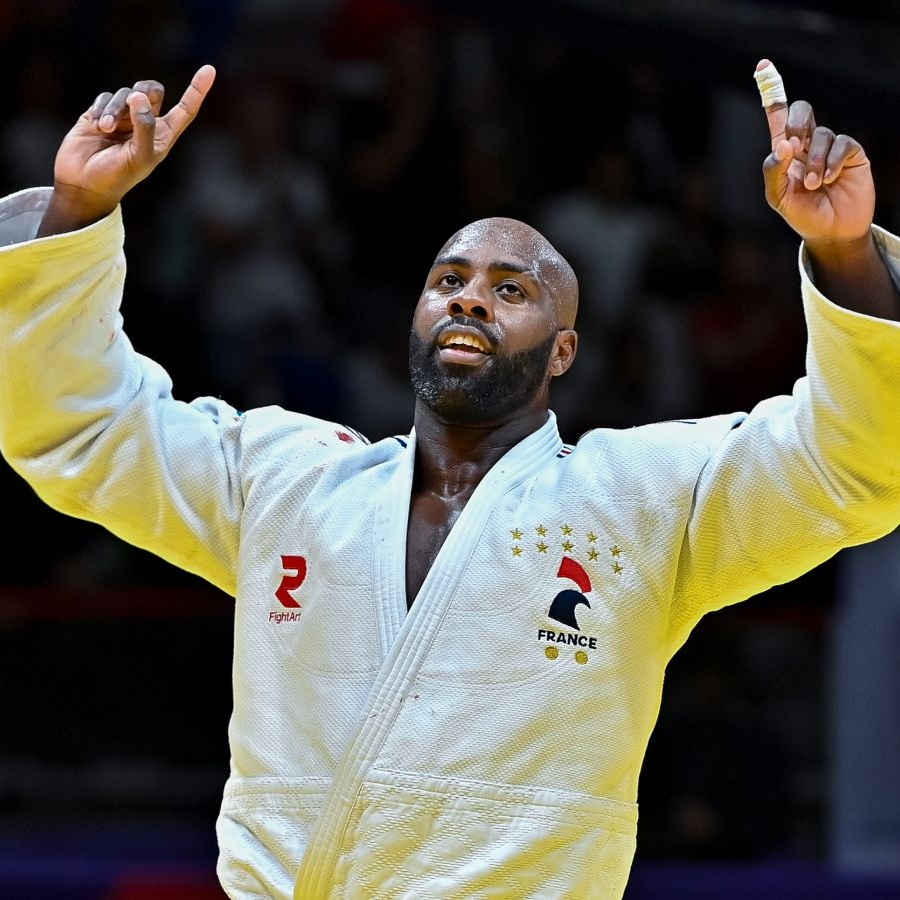
Teddy Riner (France)
Multiple Olympic champion and world champion in the heavy weight category.
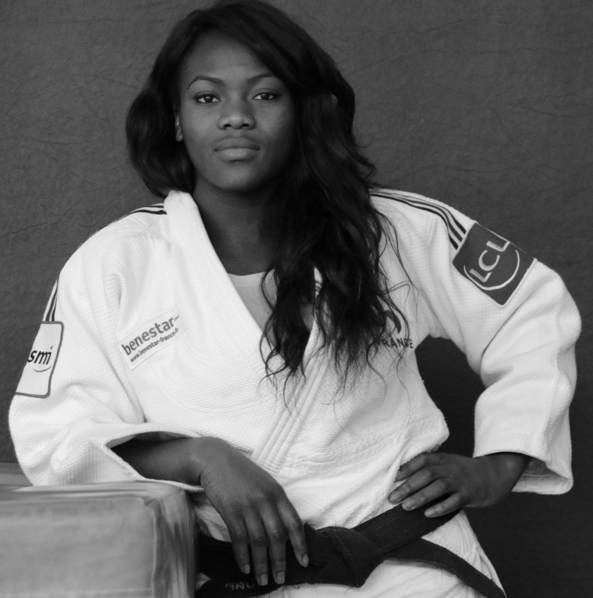
Clarissa Agbegnenou (France)
Multiple world and European champion in the weight category up to 63 kg.
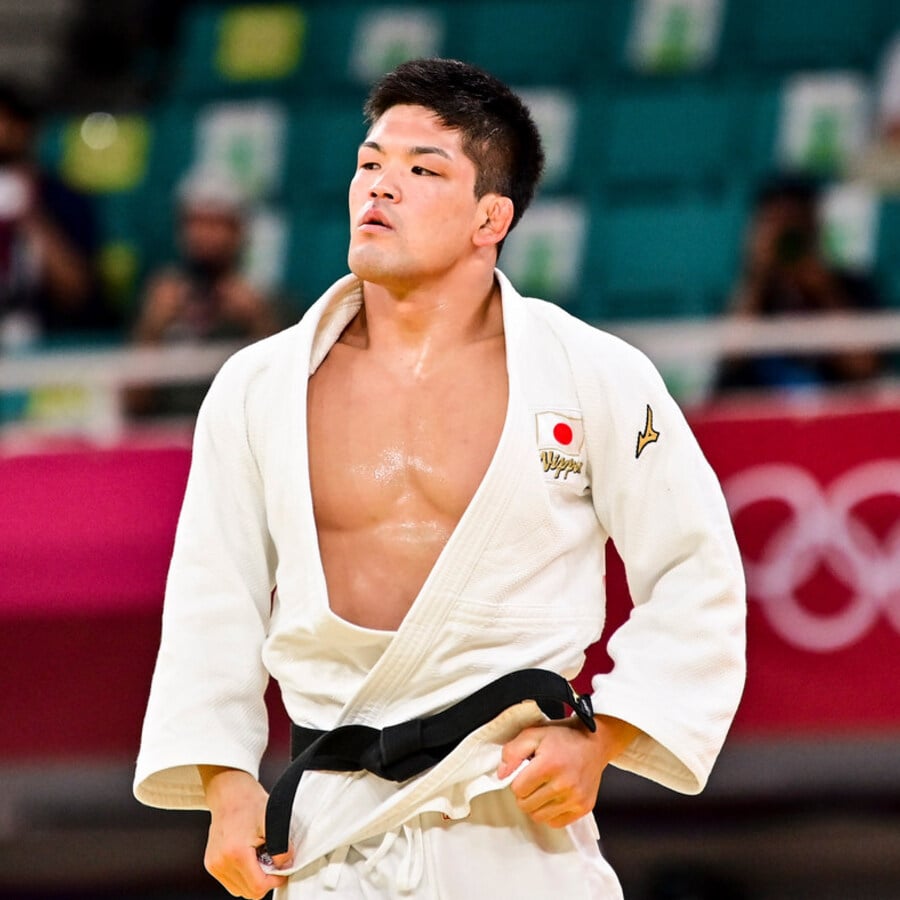
Shohei Ono (Japan)
Olympic champion and multiple world champion in the weight category up to 73 kg.
Judo, judo (Japanese: 柔道, じゅうどう, “the way of unarmed combat”) is a Japanese martial art and sport that originated from jiu-jitsu. The basic rules, principles of training and competition were formulated by Kano Dzhigoro. The date of birth is the day Kano founded the first judo school in 1882. Starting from 2011, October 28 (birthday of judo founder Jigoro Kano) will be celebrated annually as World Judo Day.
Judo is an Olympic sport since the 1964 Olympics held in Tokyo. Since 1988, women’s judo has also been included in the program of the Olympic Games. At the Seoul Olympics, women’s judo was an exhibition sport, and it entered the official program only four years later. International judo competitions are organized by the International Judo Federation (IJF).
A place for judo classes[ed. | ed. code]
Tatami (Japanese: 畳) (originally meaning “folded and folded”) is a mat used as a floor covering in a traditional Japanese home. In Japan, the area of rooms is traditionally measured in tatami (Japanese – 場 jō:). The room where classes are held is a dojo (Japanese: 道場 do: jo:, “training hall”).
Judoka competitions are held on tatami measuring 8 by 8 or 10 by 10 meters. Nowadays, tatami for judo is made of molded foam or pressed foam foam.
Form for classes[ed. | ed. code]
Judokas practice and compete in ju-doga (“gi” – “clothing”). A judogi consists of a “uwagi” (Japanese: 上衣 天生, lit. “jacket”), a pair of “jubon” pants (Japanese: ズボン jubon, lit. “pants”), and an “obi” belt (Japanese: 帯 obi, lit. “belt “). Classic judogi is white, it is in white judogi that competitions take place according to the rules of the Japan Judo Federation, but in international and national competitions held according to the rules of the IJF, to facilitate the work of the judges and the observation of the spectators, the participants are dressed in white and blue judogi. The tatami is practiced barefoot, but zari – light slippers – are required to move around the hall outside the tatami.
Judoka (judoka) [ed. | ed. code]
Traditionally, a judoka (Japanese 柔道家 ju:do:ka, lit. (one who practices judo) was called a master from the 4th kyu and above. The suffix -ka ( 家 ), when added to nouns, means that a person has experience and special knowledge of a certain subject.In modern judo, the meaning of the title judoka is used to refer to anyone who practices judo.
A judo teacher is called a sensei (先生? ). The word sensei comes from the words sina (to) and sei (life) – that is, the one who preceded you. Traditionally, this title was used for teachers who are 4th Dan and above. judokas with a rank below 4th dan were called Kenkyu-sei (研究生? , trainee)
Today, the term sensei is becoming a general term to refer to an instructor of any dan.
Judo Rank System (Kyu – Dan)[ed. | ed. code]
In 1883, Jigoro Kano introduced the Kyu-Dan rank system, (apprentice grades – kyu, master – dan) Initially, Kano awarded the first dan to two of his students, Shiro Saigo and Tsunejiro Tomita. Later, this system was adopted by other martial arts of Japan.
To obtain apprentice and master’s degrees, applicants pass exams that include tests on knowledge of basic technique, kata, knowledge of theory and philosophy. In addition, to pass the exam for a certain degree, the applicant must fulfill the requirements for all previous degrees. Traditionally, ju-doka (Japanese: 柔道家 ju: do: ka, lit. (one who practices ju-do) was called a master from the 4th kyu and above. Others were called kenkyu-sei. But now the title ju-doka, used for anyone practicing judo Masters from the 4th kyu and above have the title of sensei.
Apprentice judo belts.
The colors of the belts allow you to visually determine the level of judo mastery.
Student degrees:
6 Kyu – White Belt (Roku)
5 Kyu – Yellow Belt (Goku)
4 Kyu – Orange Belt (Yonkyu)
3 Kyu – Green Belt (Sankyu)
2 Kyu – Blue Belt (Nikyu)
1 Kyu – Brown Belt (ikkyu)
Master’s degrees:
Master judo belts.
1 Dan, Shodan – Black Belt
2nd Dan, Nidan – Black Belt
3rd Dan, Sandan – Black Belt
4th Dan, Yodan – Black Belt
5th Dan, Godan – Black Belt
6 dan, rokudan – white with red
7 dan, sichidan is white with red
8 dan, hachidan is white with red
9 dan, kyudan is red
10 Dan, Judan – Red
Throughout the history of judo, only sixteen masters have attained the level of 10th dan. Today there are four such masters in the world, among them the only woman. She is Japanese-American Keiko Fukuda, who started judo in 1935 and earned her 10th dan red belt in 2011 at the age of 76
The formation of judo fell on the 1880s, a difficult period for martial arts after the Meiji Restoration. At that time, Japan’s leaders adopted a policy of borrowing Western culture, and traditional martial arts (budo) were severely damaged, being declared a “heritage of savagery and barbarism.” Old masters stopped conducting classes, some even died in poverty.
The early history of judo is inseparable from the life story of its creator, Jigoro Kano, a prominent Japanese public figure and educator, whose work was awarded the Order of the Morning Sun. Jigoro Kano has been interested in jiu-jitsu since childhood, in his youth he studied the styles of jiu-jitsu of the Tenjin Shinya Ryu and Kito Ryu schools. Based on them, he developed a new fighting system, which he named Kodokan.
The name “judo” had already been used by that time in Japanese martial arts as a synonym for the name jiu-jitsu, but Jigoro Kano filled it with a new meaning, declaring the basis of the “Path” (to) self-improvement, and not the technique. Also, by choosing such a name, Kano wanted to emphasize the humanistic orientation of judo, in order to once again mark its difference from jiu-jitsu, which was considered by many people after the Meiji restoration as a rough activity, intended only for killing, unworthy of an educated person.
Kano did not include a number of the most dangerous techniques from jujutsu in the list of allowed use in judo competitions in order to make the competition as safe as possible for the participants. At the same time, trauma-dangerous techniques continue to be studied in the form of a kata.
Some judo techniques:
Osoto-gari
big external undercut
Ippon Seonaga
over-the-shoulder technique
Uchi-mata
internal hip abduction.
Tomoe-nage
circular roll back.
